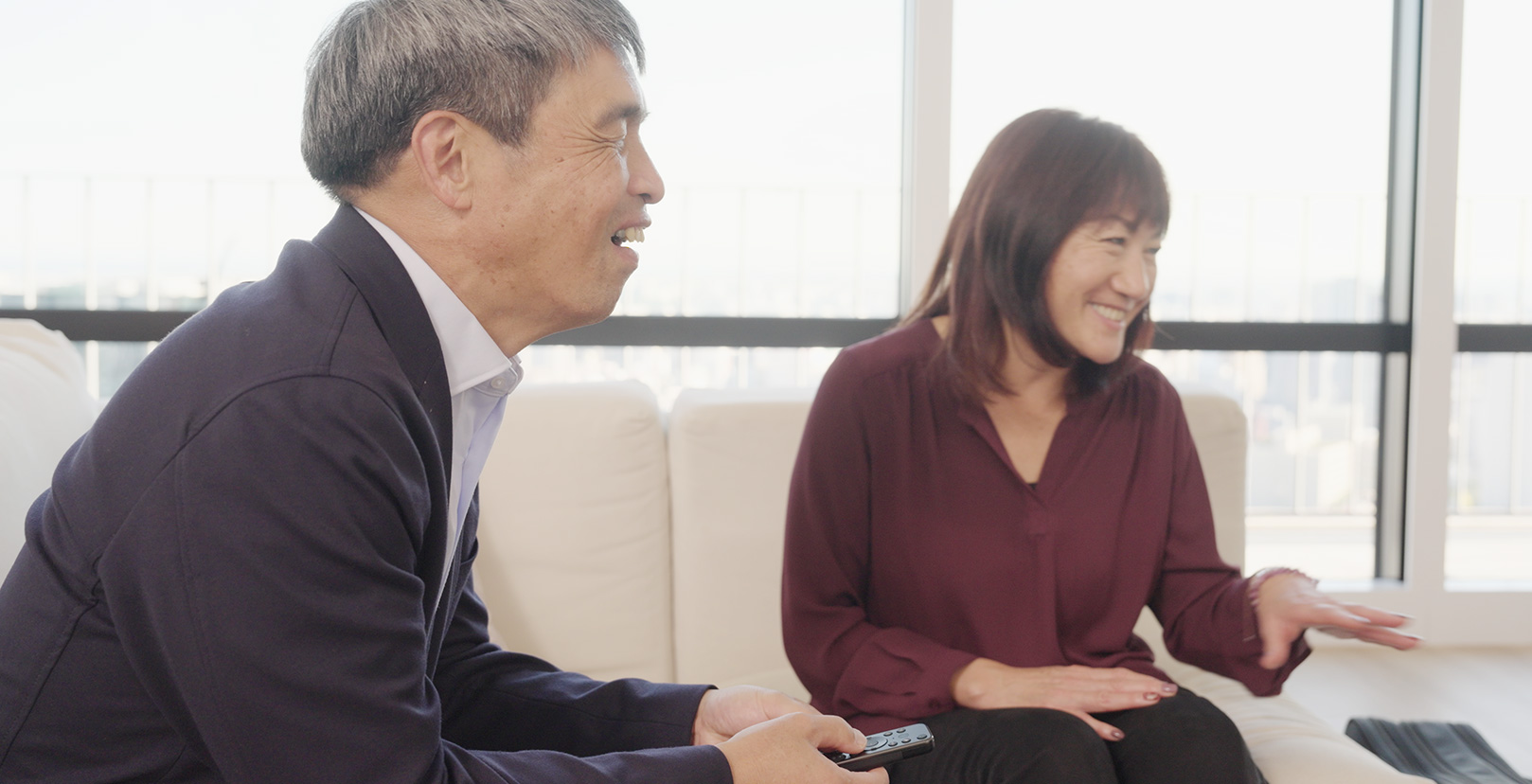
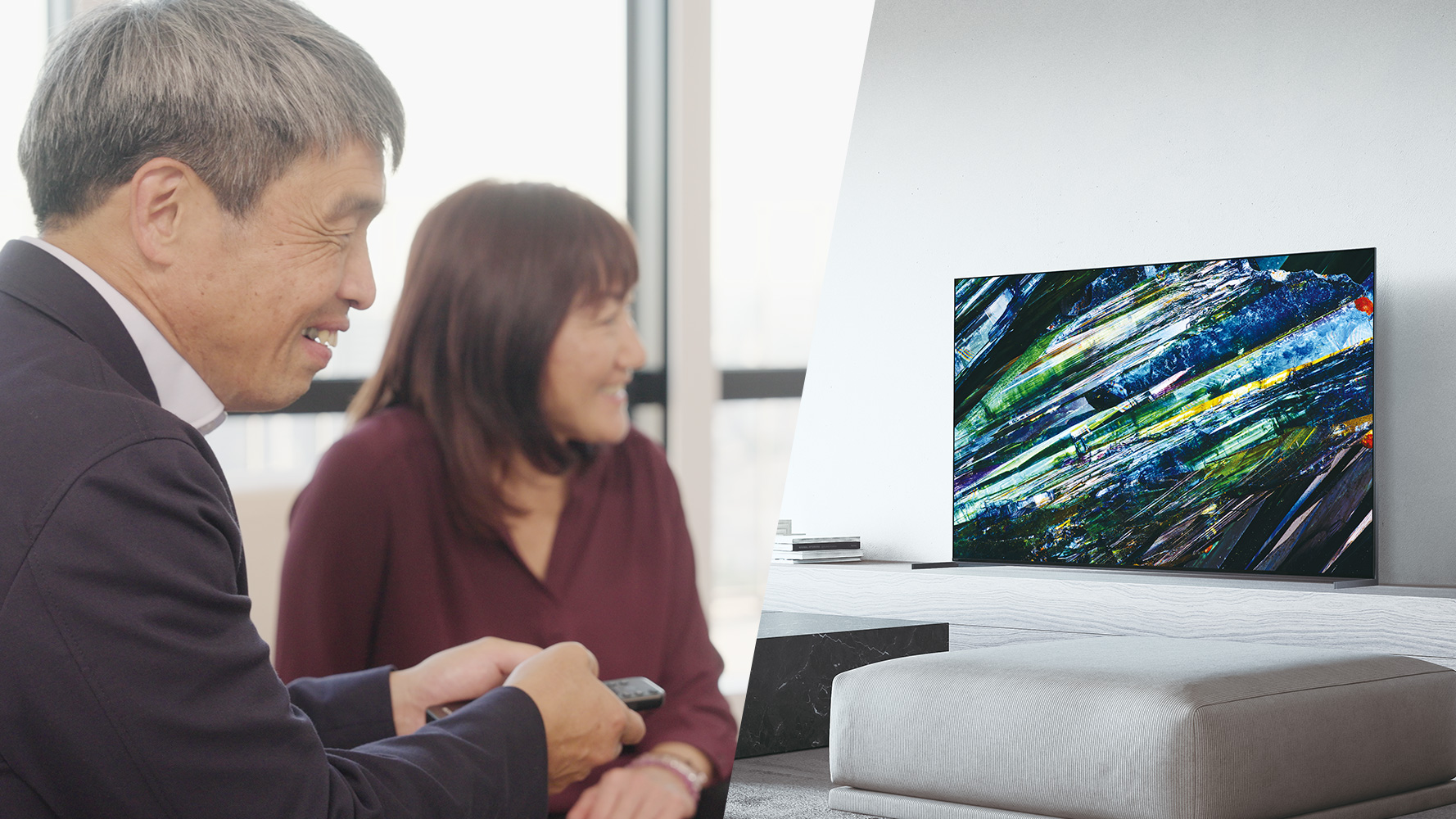
March 18, 2024
Sony is striving to realize a future where everyone can share Kando (emotion). To reach this goal, it is important to incorporate inclusive design in product development . Sony is actively working to improve the way of inclusive design by launching dedicated research programs to address the needs of individuals with disabilities. This goes beyond just listening to those directly affected; it means collaborating with them to create products together. We interviewed long-time partner and blind sailor, Mitsuhiro Iwamoto, and Yuko Sakamaki, who leads the development of Accessibility UI/UX software for Sony BRAVIA product line, to hear their perspectives.
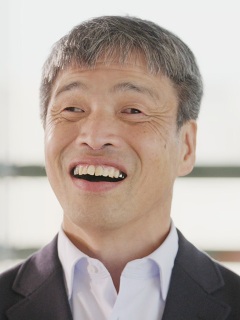
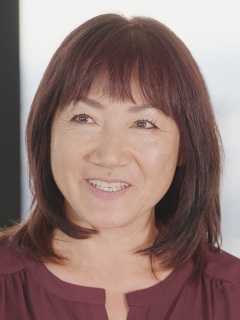
Sakamaki: For five years, I have served as the director overseeing accessibility for Sony's TV (BRAVIA). Prior to this role, I dedicated several years to the development of user experience. I am sincerely thankful to Iwamoto-san for his invaluable feedback on Sony's products, which has played a pivotal role in shaping our product development.
Iwamoto: Sakamaki-san, who I usually call Yuko-san, is one of those invaluable friends, without whom I wouldn't be in this position, so I also want to express my heartfelt gratitude to her.
Sakamaki: Just like I usually do, I'm going to refer to Iwamoto-san as Hiro-san. One of Sony's corporate missions is Kando, which means "deep emotion", and indeed, we strive to elicit such deep emotions in our users. In this regard, we have been inspired by Hiro-san, who consistently provides us with sources of inspiration that evoke such emotional experiences. Hiro-san often speaks about the importance of "never giving up" through his challenges. This sentiment strongly resonates with our dedication to delivering emotional experiences to the world and our users.
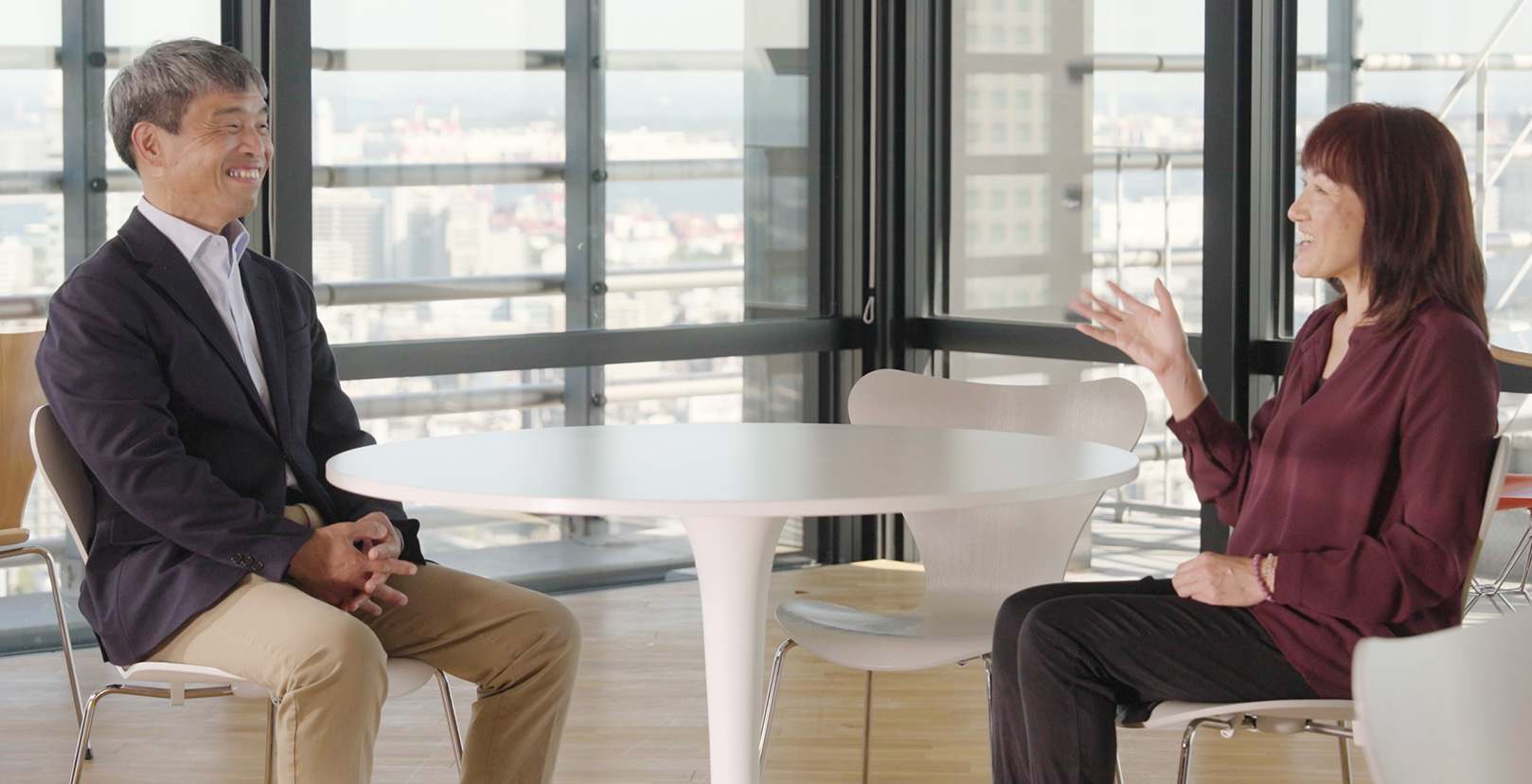
Sakamaki: Hiro-san has been participating in a research program called "Lassie", where individuals with disabilities, such as visual and hearing impairments, are given a product to let them experience it firsthand. He has provided diverse feedback, including problems that he experienced, but what made me the happiest was when he said, "I had never watched TV with my daughter before, but with Sony's TV, we were able to enjoy watching content together!" This is precisely what we wanted to achieve, so hearing this made me truly happy.
Iwamoto: Until now, TVs lacked features like TalkBack and voice control, so I used my computer to search for content to listen to on platforms like YouTube, and enjoyed it alone with earphones. However, with Sony TV's accessibility features, I can now not only enjoy the content on TV by myself but also share the experience with family and friends. One morning, while I was using the TV's TalkBack function to search for music and watch content, my daughter walked into the living room and asked, "What are you doing?" From there, we enjoyed the music content together and talked about it. It was the first time we shared such an "emotional" experience, and it felt truly special. Without this project, I wouldn't have been able to spend such a fulfilling time with my daughter.
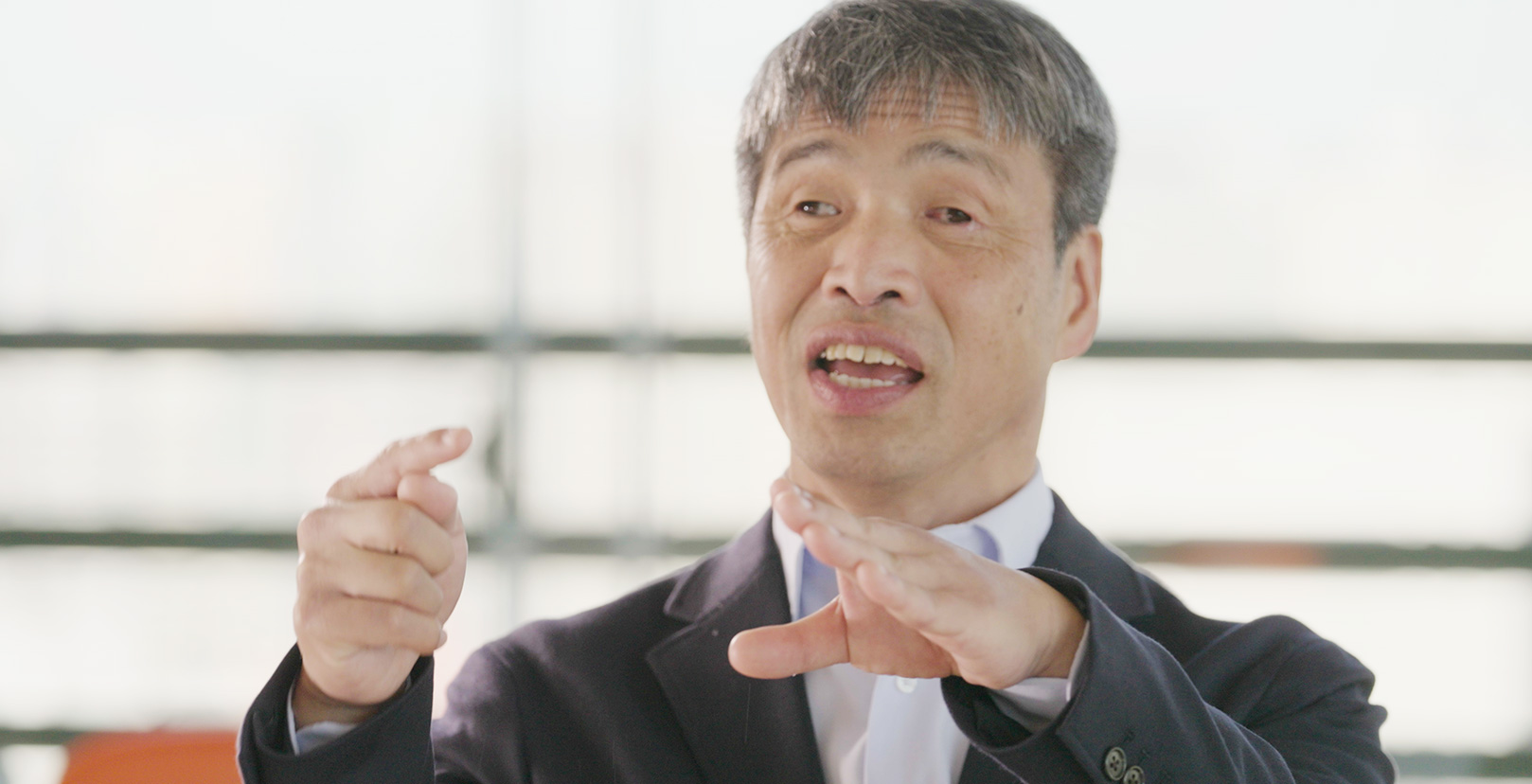
Sakamaki: That really encapsulates the idea of Co-Creation, doesn't it? Essentially, Hiro-san is a Co-Creator, playing a crucial role as a partner in the collaborative process of product creation between users and Sony. We began researching individuals with various disabilities about 10 years ago. Back then, terms like accessibility and inclusive design were being used by only a few individuals within the company. But we believed in the importance of creating products that everyone can use. We started the Lassie research program in the U.S. in 2017. It's a program where we provide Sony products to individuals with disabilities, who use them for a certain period and provide feedback. Through this program, we have improved the accessibility features of our TVs by incorporating features such as enabling blind individuals to turn on the TV's TalkBack function during initial setup and allowing them to set up the TV themselves. Inclusive design is very important to us because everyone is a user of our products, and we want everyone to be satisfied and happy. Therefore, we wanted to engage in inclusive design activities with a broad spectrum of individuals, so we began Co-Creating with users with disabilities two years ago.
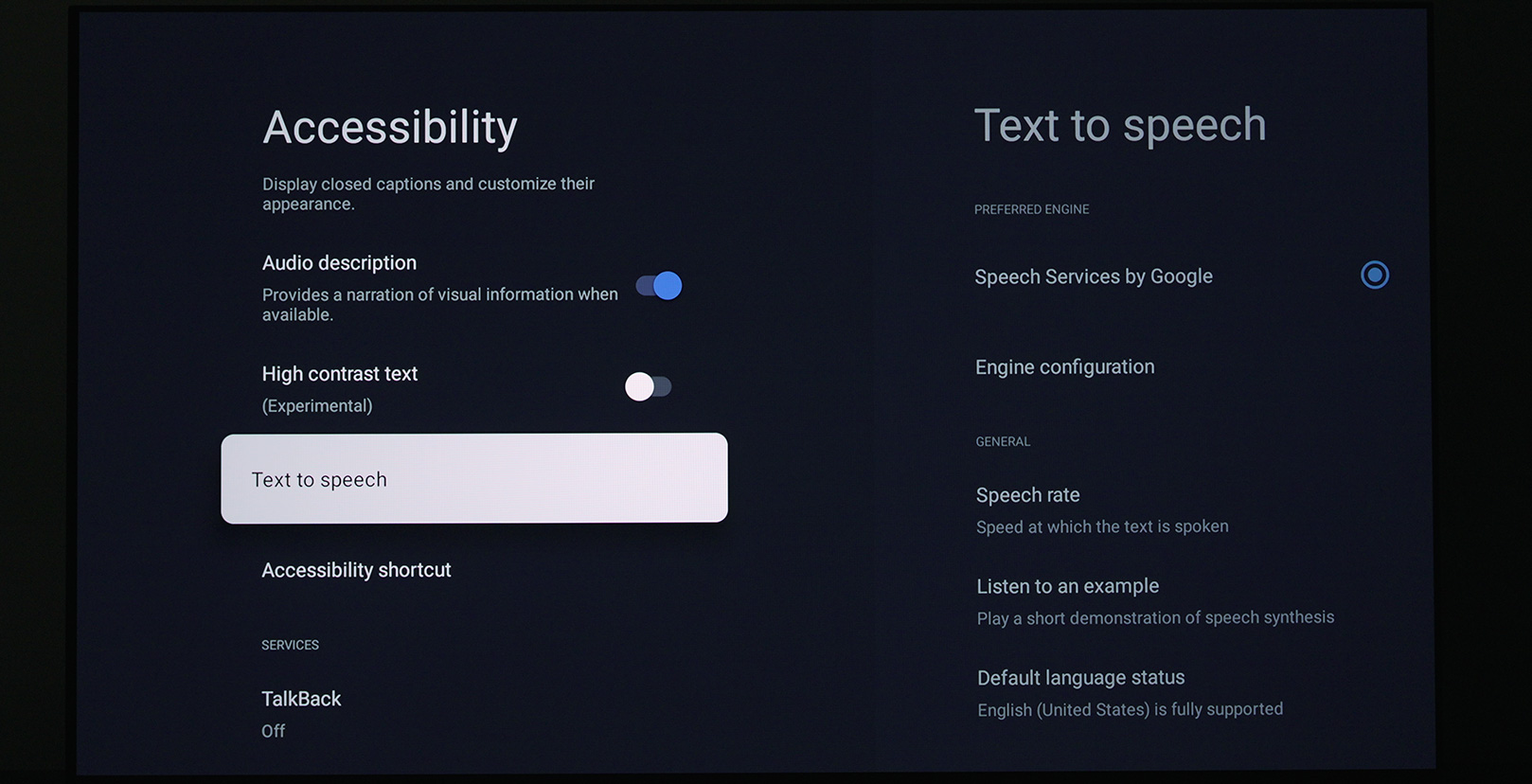
Iwamoto: People at Sony have been great at listening and expressing a willingness to walk together. This attitude made me feel that we could become good partners and create good products together for everyone.
Sakamaki: Various people at Sony is involved in inclusive design. From Hiro-san and me to top management, people who plan products, and those involved in designing the products - a diverse range of people are all participating. We see inclusive design as a way of creation.
Iwamoto: Sony's research team carefully listens to my ideas and genuinely works to include them in their products. It's nice to feel that they're really listening to my ideas, and it helps me keep an open mind. I think this is why I consider Sony the leading company in accessibility.
Sakamaki: We strive to actively listen to our users and observe what kind of inconveniences they experience in their daily lives. Through this approach, we can explore how to tackle the problems and challenges that everyone is dealing with. It is crucial to recognize that each person is unique, with distinct circumstances that result in diverse requirements. Therefore, we believe it is important to listen to and carefully observe every person, striving to meet their needs to the best of our ability as partners in product development. We believe that active listening and observation are integral to inclusive design.
Iwamoto: I think that accessibility and creating an inclusive society is something we all need to think about, regardless of the presence or absence of disabilities. I believe that Sony is currently leading in Co-Creation for inclusive design, and this whole movement is gaining momentum worldwide. I hope that inclusive design will be the norm in the near future. Inclusive design is often associated with creating things for people with disabilities, but I don't think that's right. I believe it is also for your benefit. Whether you have disabilities or not, it's better for everyone to have user-friendly options, don't you think?
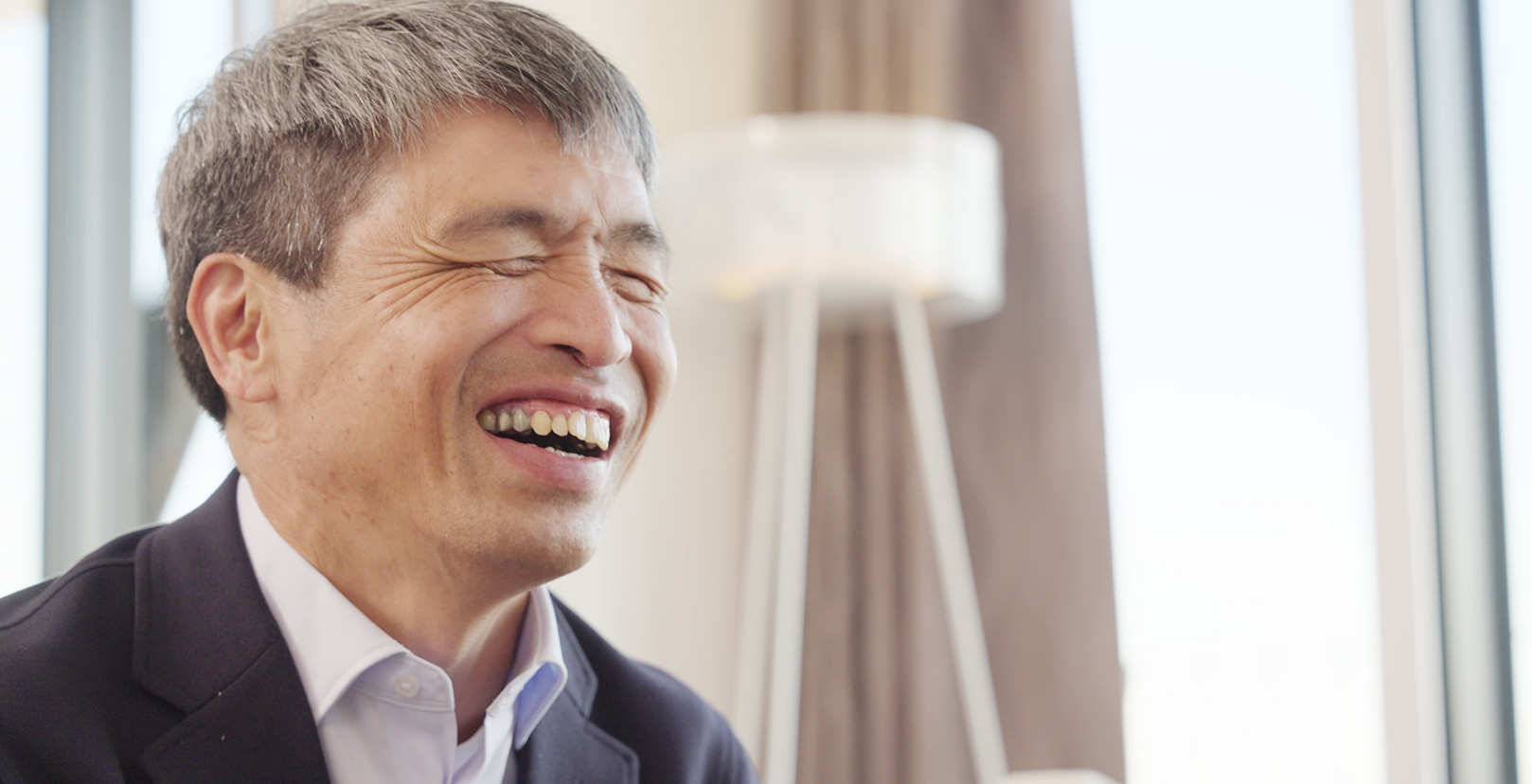
In society, there is a vector that extends from individuals without disabilities to those with disabilities. However, it's not a one-way flow; there's also a reverse vector from people with disabilities towards those without. I believe those vectors run parallel, with both sides making efforts to move towards a common goal. That's what inclusivity is all about. Being on a boat involves various risks. Partners need to make efforts together not just to protect their lives but also to reach the goal. It's not about one side supporting the other; instead, both sides move forward together on equal terms. I believe moving together towards success is the genuine meaning of inclusivity.
Moving forward, Sony will continue to listen, observe, take in opinions, become a trusted partner, and together, think about inclusive design. Our goal is to enhance accessibility in products, services, and experiences that are user-friendly for everyone.
